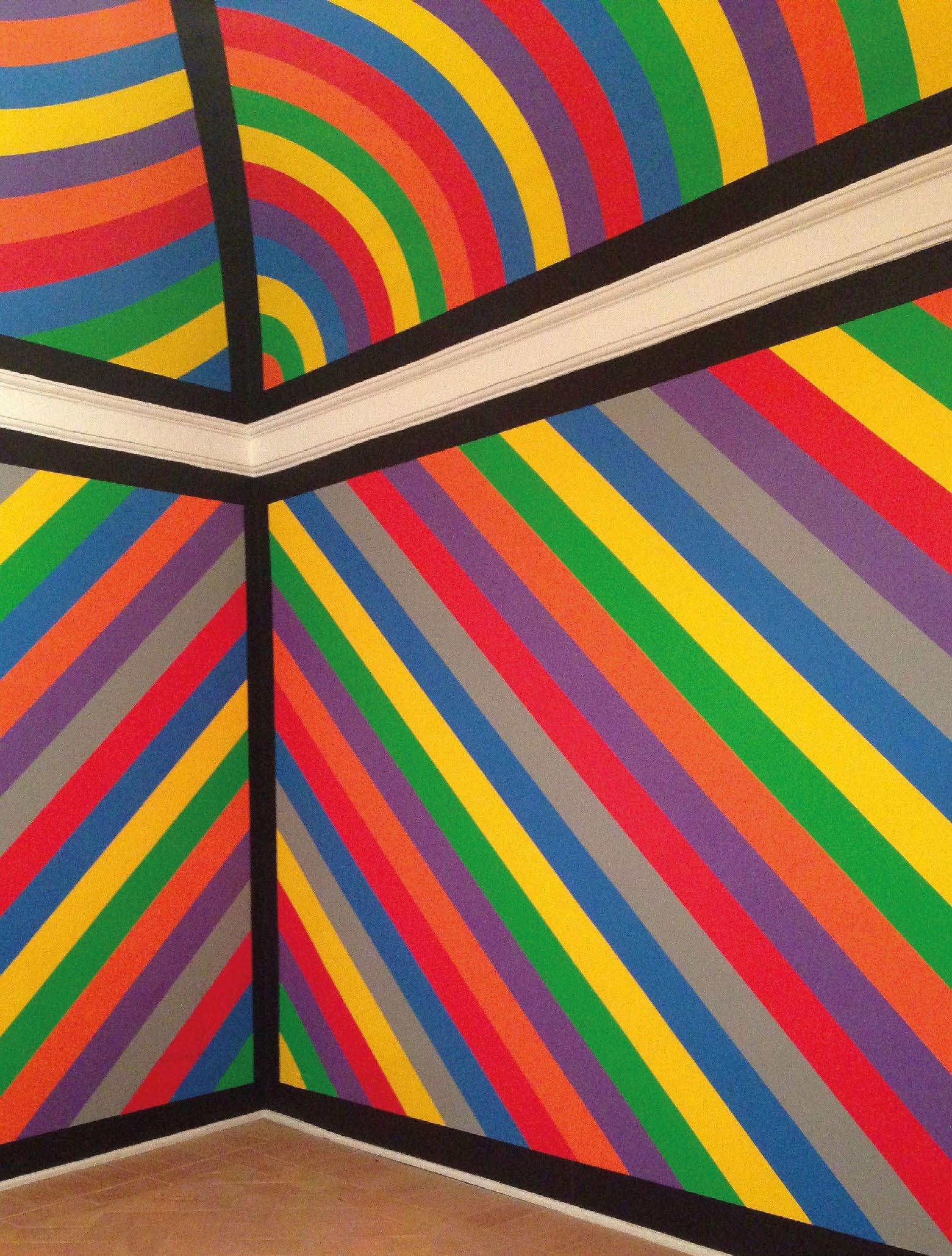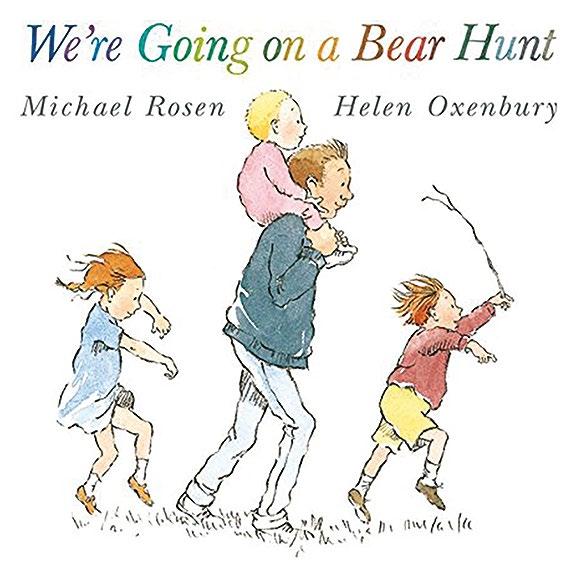
6 minute read
CONCEPT MAPS
These versatile educational tools can help learners and educators capture, communicate, and assess knowledge
Concept maps are “graphical tools for organising and representing knowledge”.1 In education, they can capture the knowledge of subject experts, educators, and learners, so they can be used for planning, teaching, learning, and assessment. A related set of concepts is shown in boxes (nodes) with lines connecting them to indicate relationships. These links are labelled (unlike in mind maps) to describe the relationships between them. Therefore, following a link between concepts forms some meaning or a short proposition. For example, in a concept map about data structures, you are likely to find the proposition: list → is an example of a → data structure.
Advertisement
Concepts may be structured in a hierarchy. Links that span across different branches of the hierarchy are called crosslinks, and uncover deeper connections. A concept map captures knowledge relevant to a focus question that provides context for the map and helps direct its construction and comprehension. Some nodes in a map may not correspond to concepts, but may be concrete examples of concepts instead. Concept maps are a means for “externalising cognition, making mental models visible so that they can be compared and combined”.2 As such, they can be useful for representing the knowledge of both educators and learners, making them a versatile educational tool.
How to make them
Whether you want to use concept maps for planning, to share with your learners, or as a task for them to complete, you can find examples online (helloworld.cc/ cmapex), and a guide to constructing them follows below. Determine the focus question: Specify what the knowledge represented in a concept map will be about. The focus question can be broad, such as, “How are images represented using binary digits?” or specific, such as, “How does this piece of code work?”
Populate a short list of concepts:
Determine the list of concepts, ideas, or keywords that are relevant to the focus question. If it makes sense, order them according to how general they are, or how relevant they are to the focus question. This is the first step towards structuring the concepts into a hierarchy.
Explore the relationships between
concepts: Link related concepts with an arrow and label the links to specify their relationships. You should be able to form a meaningful statement when following a link from one concept to another.
Improve and refine: Building concept maps is always an iterative process, and concept maps should never be considered finished.
When using concept maps with learners, the process of constructing them, or even simply reading and interpreting them, must be modelled by the educator. Building a concept map can also be a collaborative activity between either the learners and the educator or small groups of learners.
How they can be used in education
Educators can use concept maps to capture the knowledge that they aim to convey to their learners. Concept maps have a specific structure, which places restrictions on their expressive power. Therefore, in order to represent knowledge with a concept map,

educators have to break that knowledge down into short propositions. This is a challenging but illuminating process of introspection and iterative refinement that will help them create a representation of their teaching content in a simple, distilled form.
Concept maps that capture subject knowledge can be used by educators in a variety of ways. They can inform the
planning of a lesson or sequence of lessons; they can serve as a means of communication with other educators, especially if they are drawn collaboratively; and they can also be used to support teaching and assessment.
Concept maps can be presented to learners as a supplementary way to provide or summarise information. Educators should start with a minimal skeleton map that will be iteratively extended when new knowledge is introduced, which will support learners to organise this new information and connect it to existing schemas (clusters of connected ideas). Concept maps can also be used as study guides and revision tools.
Finally, they can be used for assessment in a number of ways. For example, educators could ask learners to fill in concepts or links, or to extend an existing concept map. Learners could repeat this process over
several lessons: they could start with a short list of concepts, which they could then incorporate into their concept maps as the lessons progress. This would help identify misconceptions or gaps in understanding at every step. Educators could use these activities to aid recall or assess prior knowledge, or to prompt learners to summarise new concepts while connecting them to form propositions.
SUMMARY
Components
n Concepts, which are often arranged in a hierarchy, form the basis of concept maps. n Links connect the concepts to indicate relationships between them. Cross-links are links across different branches of the hierarchy. n Labels on the links (usually verbs) specify the relationships between the concepts. n A focus question provides context for the concept map and guides its construction. n Propositions, or units of meaning, are formed by following a link from one concept to another, e.g. “A concept map answers a focus question.” n In a concept map, examples are instances of concepts that may be included to make concepts clearer and more concrete.
Construction
n Determine the focus question n Shortlist (and possibly order) the relevant concepts n Connect concepts from the shortlist to form propositions n Proceed iteratively; connecting, rearranging, and refining
Uses
n Informing the planning of learning experiences n Facilitating communication and collaboration between educators n Presenting or summarising information for learners n Supporting learners to connect new information to existing knowledge n Assessing learners’ prior knowledge, misconceptions, and understanding of new information
For concept maps to have a positive impact, they need to be a fully integrated feature of the teaching and learning process.
Credit: Prostock-studio/stock.adobe.com
n Concept maps can be used as study or revision tools

Concept maps should be tightly integrated into the teaching and learning process, and they should only be used for assessment if they have been consistently used in teaching.
CONCEPT MAPS REPRESENT KNOWLEDGE VISUALLY
Why they should be used
There is sufficient evidence to suggest that an integrated use of concept maps in teaching can be beneficial to learners, especially less confident learners, or those who struggle with reading.3, 4, 5
Concept maps represent knowledge visually, highlighting the structure and the connections between concepts. Their potential to enhance learning, retention, and transfer is often linked to cognitive load theory: as learners struggle to identify concepts, and as the connections between concepts place a burden on working memory, concept maps aid schema construction within long-term memory by “serving as a kind of template or scaffold to help organise knowledge and to structure it, even though the structure must be built up piece by piece”.¹ This links back to the suggestion that concept maps should be developed iteratively, through “an orderly sequence of iterations between working memory and long-term memory, as new knowledge is being received and processed”.1
There are many ways in which you can use this beneficial educational tool. You can find examples at helloworld.cc/cmapex, and use them to support trialling this planning, learning, and assessment technique in your classroom.
REFERENCES
1 Novak, J. D., & Cañas, A. (2008). The Theory Underlying Concept Maps and How to Construct and Use Them. Florida Institute for Human and Machine Cognition. helloworld.cc/concept1 2 Wilson, G. (2019). Teaching Tech Together. CRC Press. helloworld.cc/concept2 3 Nesbit, J. C., & Adesope, O. O. (2006). Learning With Concept and Knowledge Maps: A MetaAnalysis. Review of Educational Research, 76(3), 413–448. helloworld.cc/concept3 4 Horton, P. B., McConney, A. A., Gallo, M., Woods, A. L., Senn, G. J., & Hamelin, D. (1993). An investigation of the effectiveness of concept mapping as an instructional tool. Science Education, 77(1), 95–111.
helloworld.cc/concept4
5 Cañas, A. J., Coffey, J. W., Carnot, M. J., Feltovich, P., Hoffman, R. R., Feltovich, J., & Novak, J. D. (2003). A Summary of Literature Pertaining to the Use of Concept Mapping Techniques and Technologies for Education and Performance Support. Florida Institute for Human and Machine Cognition.










